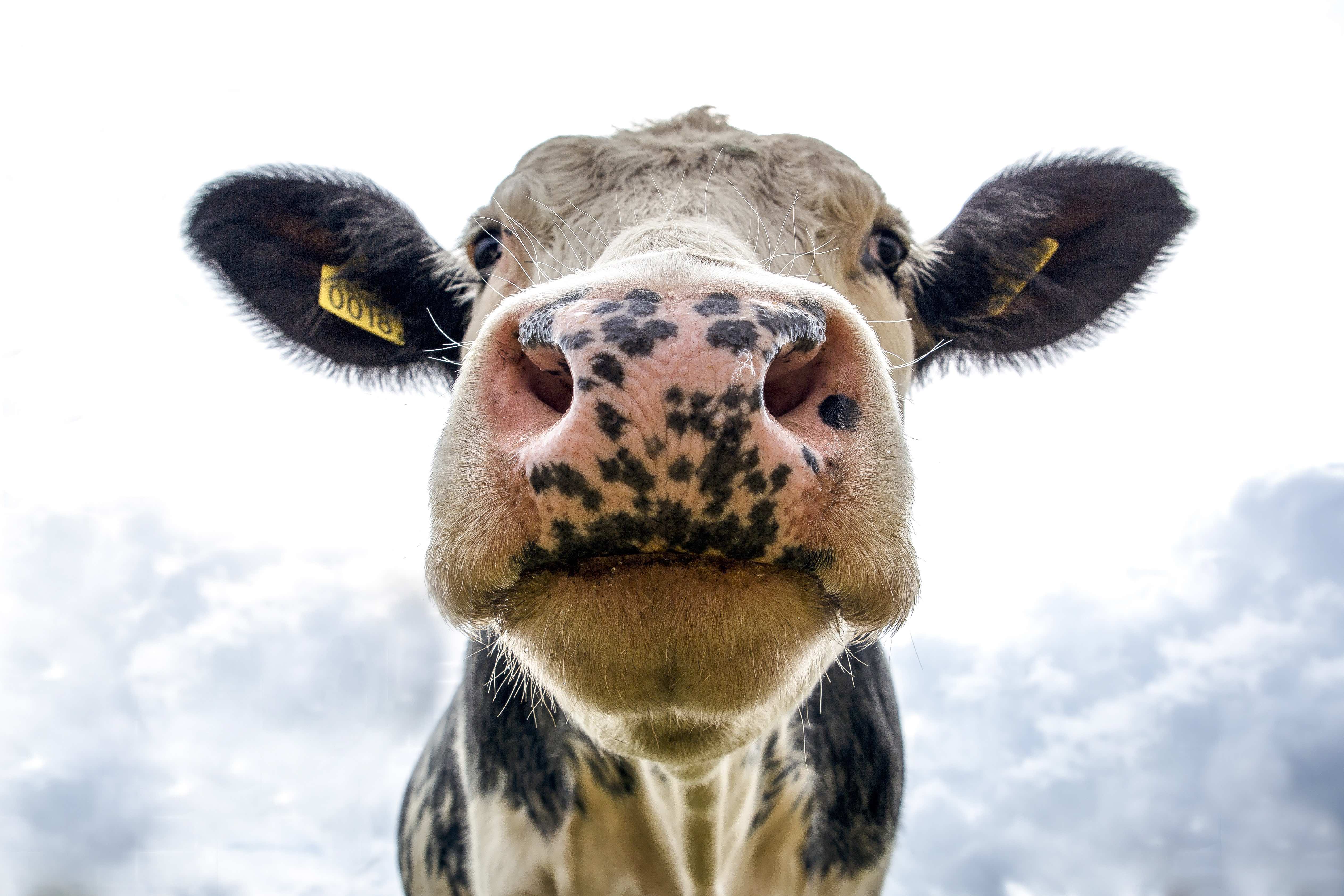ANIMAL QUAKES
Do animals feel the coming quakes?
UNA SCOSSA “ANIMALE”
Gli animali da fattoria prevedono i terremoti?


Durante la crisi sismica iniziata nel 2016 i ricercatori dell’Università di Camerino insieme ad altri istituti hanno iniziato un lavoro di osservazione ed interpretazione dei dati relativi al monitoraggio satellitare dei movimenti collettivi degli animali da allevamento . L’idea è quella di riuscire ad utilizzare tale approccio come uno strumento per la previsione a breve termine dei terremoti.
I risultati pubblicati hanno dimostrato come gli animali domestici, mostrino livelli di attività statisticamente più elevati prima dei terremoti, con tempi di anticipazione (1–20 ore) negativamente correlati alla distanza dagli epicentri (5–28 km); vale a dire, ad esempio, che con epicentri entro i 5 Km gli animali mostrano variazioni significative dei loro movimenti anche 20 ore prima di un evento sismico di magnitudo superiore a 4.
Questi dati sono iniziali ed ancora non applicabili operativamente, ma per la prima volta, dimostrano su basi scientifiche la capacità degli animali di avvertire in anticipo shock sismici pur senza poter, per il momento, dimostrare a cosa tale capacità sia connessa. Tali studi hanno comunque permesso di realizzare un modello statisticamente affidabile di attività pre-sismica e tracciano la via per ulteriori ricerche che necessiteranno di lunghi tempi lunghi di osservazione in ambienti più standardizzati.
Potential short‐term earthquake forecasting by farm animal monitoring
Autore del post: COMUNICATO STAMPA UNIVERSITA DI CAMERINO
Istituto di appartenenza: Brainsinitaly
Ruolo: Press Officer
Doi originale: doi.org/10.1111/eth.13078
Link diretto alla fonte: https://onlinelibrary.wiley.com/doi/10.1111/eth.13078
Articolo Divulgativo in Inglese:
Whether changes in animal behavior allow for short‐term earthquake predictions has been debated for a long time. Before, during and after the 2016/2017 earthquake sequence in Italy, we deployed bio‐logging tags to continuously observe the activity of farm animals (cows, dogs, and sheep) close to the epicenter of the devastating magnitude M6.6 Norcia earthquake (Oct–Nov 2016) and over a subsequent longer observation period (Jan–Apr 2017). Relating 5,304 (in 2016) and 12,948 (in 2017) earthquakes with a wide magnitude range (0.4 ≤ M ≤ 6.6) to continuously measured animal activity, we detected how the animals collectively reacted to earthquakes. We also found consistent anticipatory activity prior to earthquakes during times when the animals were in a building (stable), but not during their time on a pasture. We detected these anticipatory patterns not only in periods with high, but also in periods of low seismic activity. Earthquake anticipation times (1–20 hr) are negatively correlated with the distance between the farm and earthquake hypocenters. Our study suggests that continuous bio‐logging of animal collectives has the potential to provide statistically reliable patterns of pre‐seismic activity that could yield valuable insights for short‐term earthquake forecasting. Based on a priori model parameters, we provide empirical threshold values for pre‐seismic animal activities to be used in real‐time observation stations.



